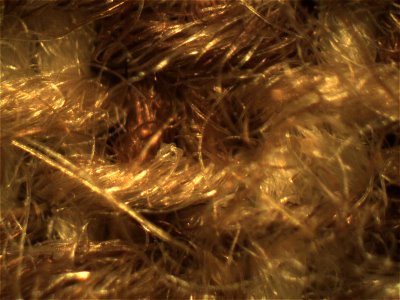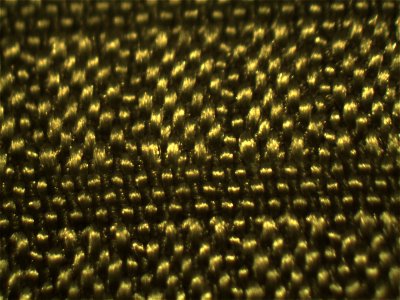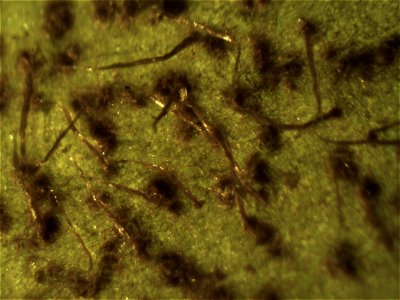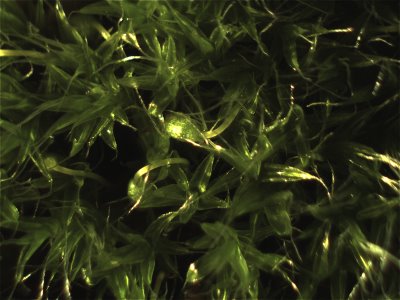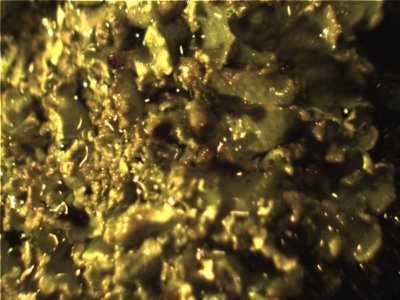Thursday, January 26, 2006
Stylin on the Slopes
We've had a couple of days without rain this last week so all our hopes of setting records have been dashed even though we're staring another full week of rain in the face. The upside of all this is that the mountains are getting a good dose of snow this winter for all those who enjoy the slopes. In Seattle that includes a large segment of the population including my own kids whose school has a ski/snowboard program. Four Fridays in January-February the take grades 4-8 up to Crystal Mountain -- recently ranked the #7 ski area in North America by Skiing magazine.
It's hard to imagine a nicer area than Crystal for a mid-week trip. It's a large mountain but is far enough removed from Seattle and Tacoma that it is mostly empty on the weekdays. After a couple of years of trying to keep up with my kids on my back country telemark gear last year I finally swtiched to something a little more appropriate but still in keeping with my adult taste: an Arbor A-Frame snowboard. This is one of those boards with koa and maple veneer on top instead of skulls. Luckily, my old wool knickers go with this board perfectly.
Comparing todays picture with the soft shell material we can see that these knickers will certainly breath well. But it's amazing that they also keep me warm and relatively dry. Despite all the technology involved in modern athletic fabrics some of the old standards work almost just as well. And the fashion statement they make. Ooh la la! There aren't many folks out at crystal who are as retro as I am.
Tuesday, January 17, 2006
Embracing Rain
There's no such thing as bad weather", say the Norwegians, "just bad clothing."
They aught to know -- Bergen get's over 70" of rain per year compared to Seattle's 37". Although we've now broken our streak of consecutive rainy days and must settle for second place for that record we're still in the running for the rainiest January ever. Using that Norwegian proverb as an excuse I decided that it was time to upgrade my rain shell from the 18 year old teal colored REI shell to something a little more modern and a little more high tech.
One of the advantages of middle age is that you can occasionally afford nicer gear than you could in graduate school. In this case I went down to Patagonia and purchased one of their new soft shell Dimension jackets that is water repellant and breathable but not water proof. (I've never understood why folks go camping in the pouring rain and have never needed the kind of gear that keeps you dry in a downpour.)
After checking out the typical Patagonia overkill features like the "roll-down, 3-way adjustable, helmet compatable hood" I decided to take a closer look at the fabric itself. The strategy for creating softshell jackets is very simple: take some artificial fibers and weave them very, very tightly. For snow and light rain this should be enough to keep wind and moisture on the outside. At 30x you can just make out the individual fibers and the mesh is very tight indeed. I haven't had enough time to put this jacket through its paces but at least now I no longer have an excuse to stay inside.
Sunday, January 15, 2006
Praying for Rain
mystery picture
Today looks to be the make or break day for Seattle's rainy streak. As of 6 pm we've had no measurable rain but downpours are on the way before morning. "Will they get here before midnight?" is the question on everyone's mind. It's unusual for Seattlites to pray for rain in January but we're talking about setting a record here! I'm sure that we'd all happily trade our hopes for a record for a week of sunshine but that is nowhere in sight. As long as the forecast calls for a solid week of rain that could propel us to Seattle's longest rainy streak ever it would be a shame to give up our chance at the record just because the next storm is a little slow to arrive. As long as the rain starts before midnight we're still in the running. So most of the folks I know are praying for rain to start early tonight.
Today's picture is something you are all familiar with. Stop reading for a moment to settle on your guess before we play 20 questions to get you to the answer.
- Is todays picture from an animal?
No, it's not from an animal. - Has the picture been color enhanced?
No, using the base light on our scope brings out the natural green. - Have I ever seen one of these?
Yes, you have definitely seen one of these. - Is this something that you eat?
Well, the part that you're looking at isn't the part that you eat but once this is removed, it is quite tasty indeed. - Is this a fruit?
Yes, it's a fruit. In fact, in a 1997 Rutgers University study on the nutritional value of popular fruits this fruit ranked at the very top of the list based on the amount of nutrients they provide per 100 grams of fruit. - Does it grow in North America?
It does grow in North America but is not native to this continent. This plant needs a long growing season with at least 240 frost-free days. In its native Yangtze valley it is called Yang-tao which means 'sun peach'. - Is this fruit a popular export from New Zealand?
Yes, you've guessed it! Today's mystery picture is a closeup of the skin of a kiwi fruit.
Much appreciated in China for over 3000 years, the kiwi was introduced to New Zealand in 1904. Originally marketed as 'Chinese gooseberries', then briefly as 'melonette', Kiwi farmers eventually settled on their favorite Maori word which has stuck ever since. The first commercial shipment of 100 cases of kiwi fruit arrived in California in 1959.
Today, kiwis are grown primarily in New Zealand and in California. Luckily, being in opposite hemispheres, this means that kiwis are available pretty much year round. The kiwi we sacrificed to make this picture had a lovely bouquet and provided a tasty snack for our microscopists.
Saturday, January 14, 2006
Spring is on the way
Day 27 of Seattle's rainy streak. We're now in second place for Seattle's longest streak of consecutive days of rain. But, as we say in Cascadia -- January showers bring February flowers. In fact, Ibiris, snow drops and lunaria are alreading blooming in the neighborhood with daffodils sending up their turgid stalks in profusion.
Even the mosses are getting ready to boom as you can see if you look closely. (Click on the image for a larger version.) Amid all the pointy leaves you'll find two slender stalks with green flower buds getting ready to bloom. Now that I know they are there I can just make them out with the naked eye but I would never have noticed them without the help of our microscope.
The more you look through a scope the more you realize that entire miniature worlds exist very similar to our own. At the moment we are limited to the tiny but still macroscpic worlds that our 40x scope reveals. But there is a certain appeal to this world of the barely visible. Rather than introducing us to a new and alien world of single celled organisms, our bug scope brings the familiar world visible to the naked eye into greater relief -- showing us details that we would otherwise miss but that can be seen even with a good hand lens. Looking at moss -- something Seattlites can hardly avoid -- is a richer experience knowing that each green clump is a harbinger of Spring.
Tuesday, January 10, 2006
Rain Rain Rain
Tuesday was the 23rd consecutive day with measurable rain in Seattle. This makes it the fourth-longest all-time rainy streak in Seattle. Here are the Top 5 rainiest streaks:
- 33 days from Jan. 6 - Feb. 7, 1953
- 25 days from Jan. 28 - Feb. 21, 1961
- 24 days from Nov. 10 - Dec. 3, 1953
- 23 days from Dec. 19, 2005 - Jan. 10, 2006 (current)
- 22 days from Dec. 18, 1964 - Jan. 8, 1965
But under the microscope there is much to observe -- leafy clumps, small stalks, baby moss trying to gain a toehold. A little peruse through Microsoft Encarta only increases the intellectual appeal of my mundane little clump:
- A lichen is really a symbiotic combination of a fungus (the mycobiont) and an alga (the photobiont). In this partnership, the fungus provides water, shelter and mineral nutrients, while the photosynthesizing alga supplies food.
- About 20,000 species of lichen have been identified.
- Lichens grow only a few millimeters per year.
- The oldest known lichen, from Western Greenland, is over 4,500 years old.
- In lichen reproduction, the fungus undergoes sexual reproduction and the alga undergoes asexual reproduction, each independently of its partner.
- Lichen are often the first species to colonize barren rock, providing habitat for successor species like mosses.
For the scientifically minded these are indeed the best of times.
